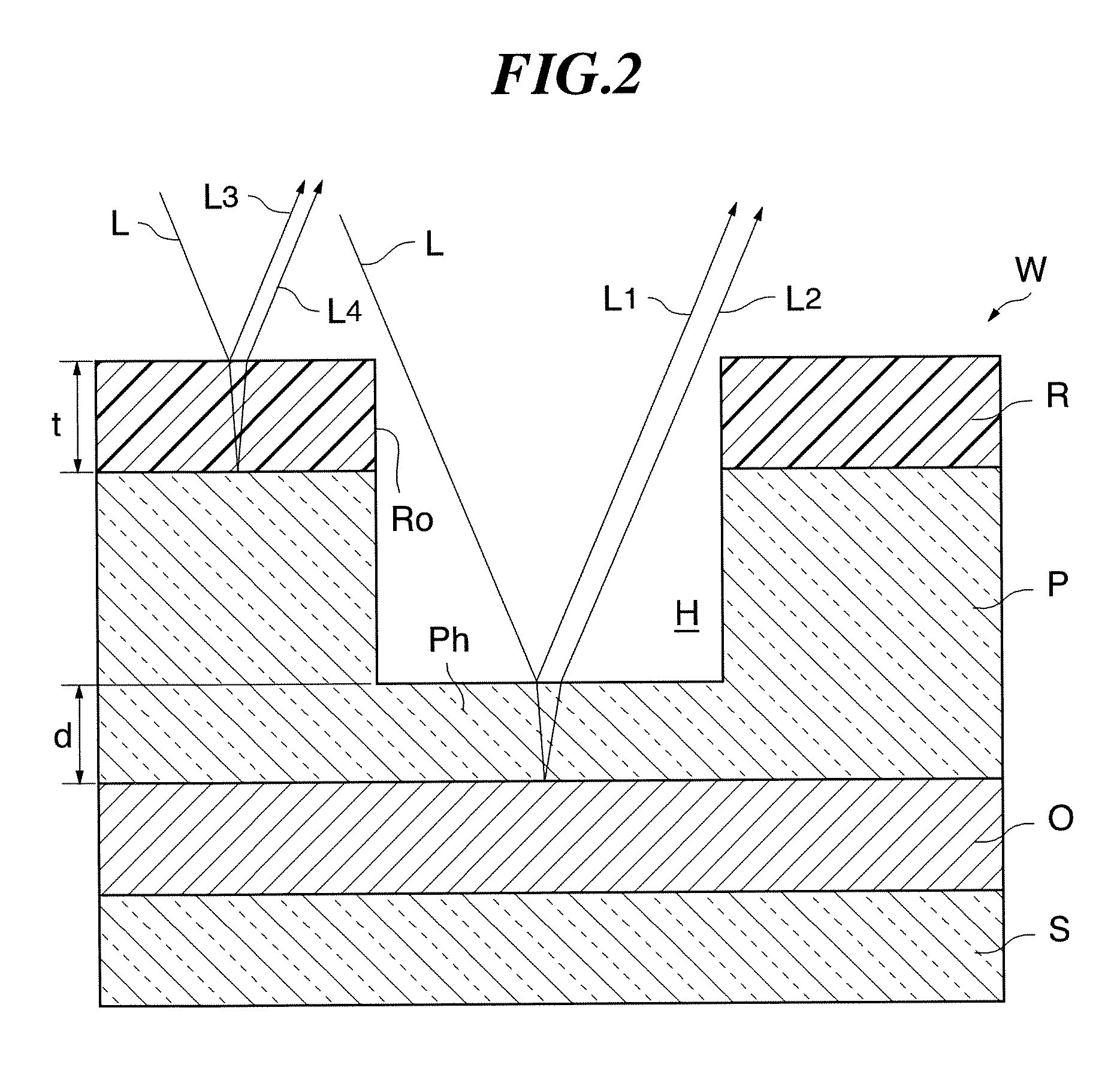Processing termination detection method and apparatus
a detection method and technology of processing termination, applied in the field of processing termination detection methods and apparatuses, can solve the problems of low throughput, difficult to carry out a proper changeover from the first etching step to the low etching rate condition in proper timing, and difficult to achieve accurate changeover of etching ra
- Summary
- Abstract
- Description
- Claims
- Application Information
AI Technical Summary
Benefits of technology
Problems solved by technology
Method used
Image
Examples
Embodiment Construction
[0046]The present invention will now be described in detail below with reference to the drawings showing a preferred embodiment thereof.
[0047]First, an explanation will be given of a substrate processing apparatus to which a processing termination detection method of this embodiment is applied. This substrate processing apparatus is designed to perform plasma etching on a semiconductor wafer W as a substrate (hereinafter simply referred to as the “wafer W”).
[0048]As shown in FIG. 2, which will be explained in detail later, the wafer W includes, as an insulation layer, a silicon oxide layer O (underlayer) between a single crystal silicon layer S and a single crystal silicon layer P (a to-be-processed layer) and includes a resist layer R (mask layer) formed on the silicon layer P and formed with an opening portion Ro in a predetermined pattern.
[0049]FIG. 1 is a section view schematically showing the construction of a substrate processing apparatus to which is applied a processing term...
PUM
 Login to View More
Login to View More Abstract
Description
Claims
Application Information
 Login to View More
Login to View More - R&D
- Intellectual Property
- Life Sciences
- Materials
- Tech Scout
- Unparalleled Data Quality
- Higher Quality Content
- 60% Fewer Hallucinations
Browse by: Latest US Patents, China's latest patents, Technical Efficacy Thesaurus, Application Domain, Technology Topic, Popular Technical Reports.
© 2025 PatSnap. All rights reserved.Legal|Privacy policy|Modern Slavery Act Transparency Statement|Sitemap|About US| Contact US: help@patsnap.com



